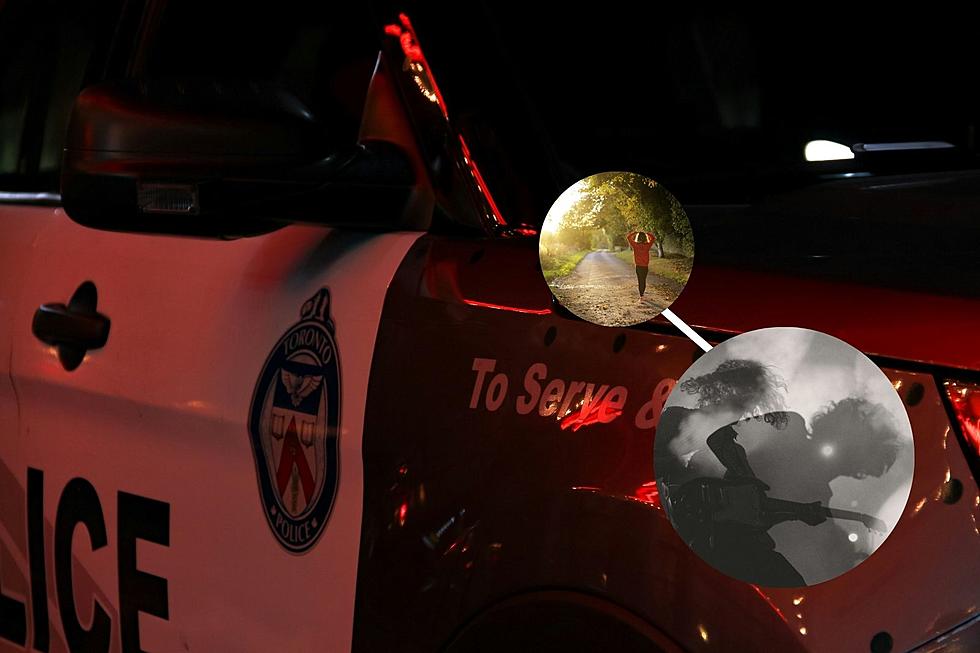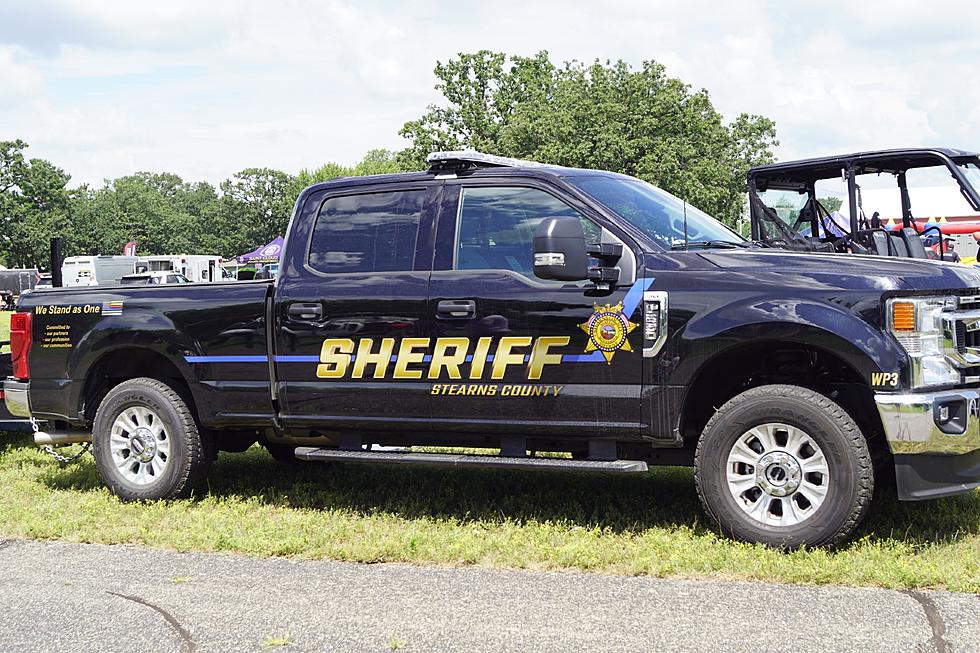
Ghost Towns: Stearns County Towns that Disappeared from the Map — Our Top Five

So a few weeks back, we explored a smattering of supernatural legends from St. Cloud State University. This time around, I wanted to take a different approach to the concept of haunted spaces, and turn focus to a bunch of real "ghosts" we unknowingly encounter every day - the dissolved, forgotten towns of central Minnesota.
Many of us probably get the same old timey, western-style mental image when we hear the phrase “ghost town” – sepia-toned montages of overgrown, decrepit buildings with punched out floors and collapsed roofs, flanked by cacti and maybe a tumbleweed or two. I’m sure those Hollywood-style colonies are out there somewhere – but really, you won’t find them here in central Minnesota. As a matter of fact, most of the structures in the towns on this map were extinct before the turn of the century.
Like a good ghost story, the forgotten towns of central Minnesota are full of mystery. It took this reporter a few hours of digging around in the spectacularly organized archives of the Stearns History Museum to find the essential maps, facts, dates and photos to prove these places really existed. Now, while I’m crazy about history, research and heavy-duty air conditioning on 90-degree days, I was slightly discouraged when I realized that the vast majority of these towns have one thing in common – hardly ANY documentation exists to describe exactly where they were, what they looked like or who lived there.
Another mystery I quickly uncovered - there's no good reason some of these towns flourished (if only for a while) and others failed almost immediately. These towns (pictured on the above map) were surveyed and settled by enterprising immigrants during the 1850s and 60s, itching to develop profitable commercial trade centers. Some were temporary outposts - they drifted into disrepair and vanished. Others were platted, named and never saw so much as a single building. A handful served as the foundations for towns we know and live in today. Take a close look at the map we've created.
The latter sums up the towns that made this list. May I present for your consideration - and in no particular order - 5 central Minnesota ghost towns that captured and haunted my imagination.

LEEDSTONE
Leedstone was a town that did experience development - and it stuck beyond the second half of the 19th century. The original structures might be gone, but unlike a lot of the town pins on our map, we can understand the lay of the land regarding Leedstone.
As a matter of fact, Leedstone stands out on our list as an example of the power of rebranding. Seems that, over time, the towns that won out were those named for various saints - and anyone who's lived in the area for any length of time can confirm that.
So while contemporaries might have fizzled, Leedstone saw renewed and continuous success as present-day St. Martin.

GEORGEVILLE

NEENAH
Names of Native American origin factor heavily into the historical landscape of Minnesota. Neenah is a Winnebago word meaning "running water" - appropriate for the early trading post community set up along Johnson's Creek. Today, it's difficult to determine the exact location of Neenah, but it is generally understood to have been south of what we now call St. Augusta.
This house (pictured) is the only photographic documentation of Neenah in the archives of the Stearns History Museum, and was easily one of the most haunting and beautiful images I encountered in my info dig.

SAUK CITY

FREMONT CITY
If the small collection of photos in the Stearns History Museum's Fremont City file are any indication, this was a town that was taking a flying leap at a sustainable future. It is assumed to have been named after famous civil war General John C. Fremont.
Unlike the Union Army, Fremont City did not win the battle against extinction. A small residential and commercial aggregation was developed for just a few short years before being abandoned.
Today, the legacy of Fremont City is scattered just south of Clearwater.
More From AM 1240 WJON









